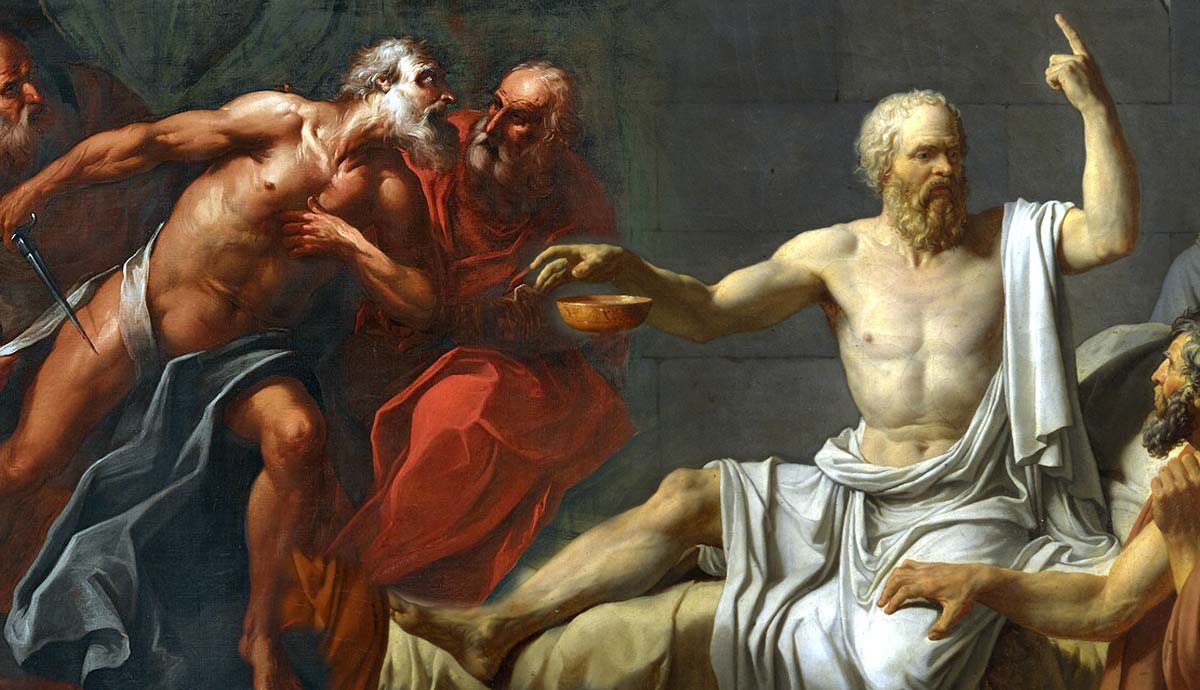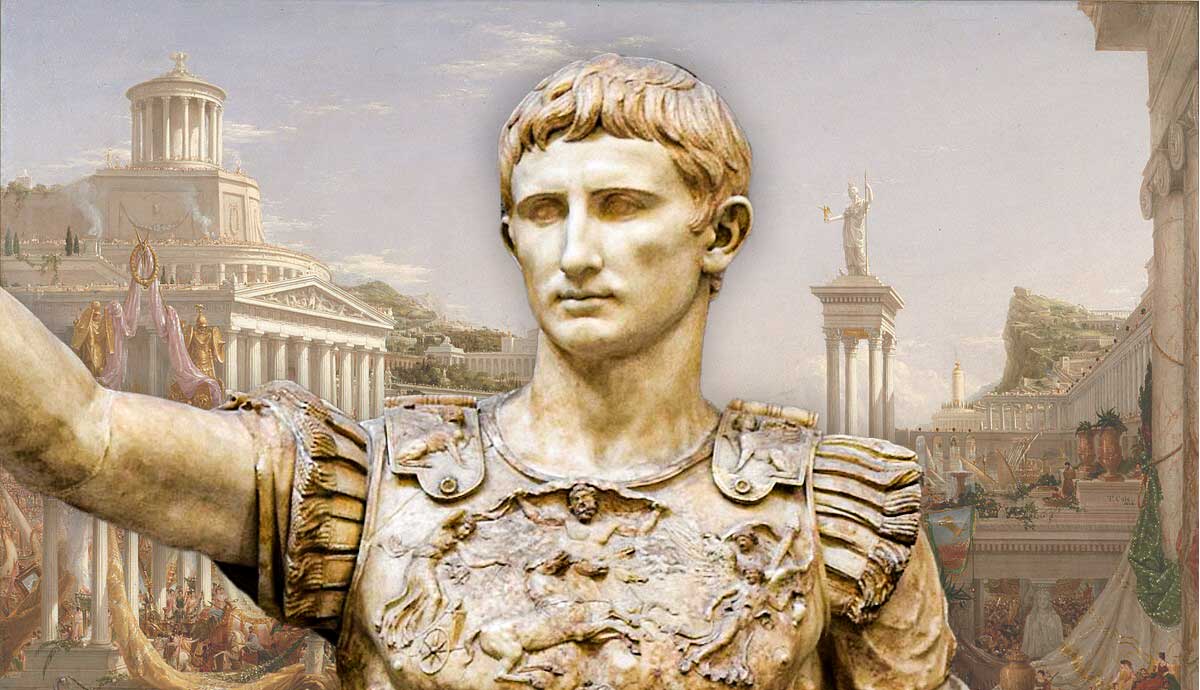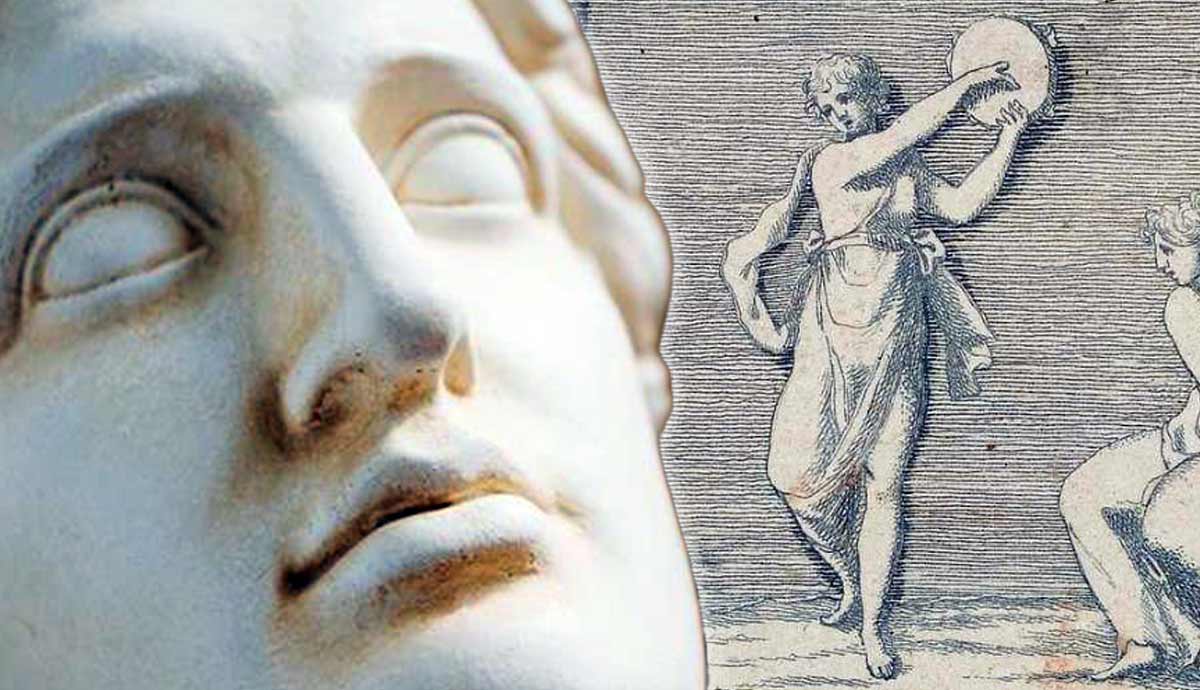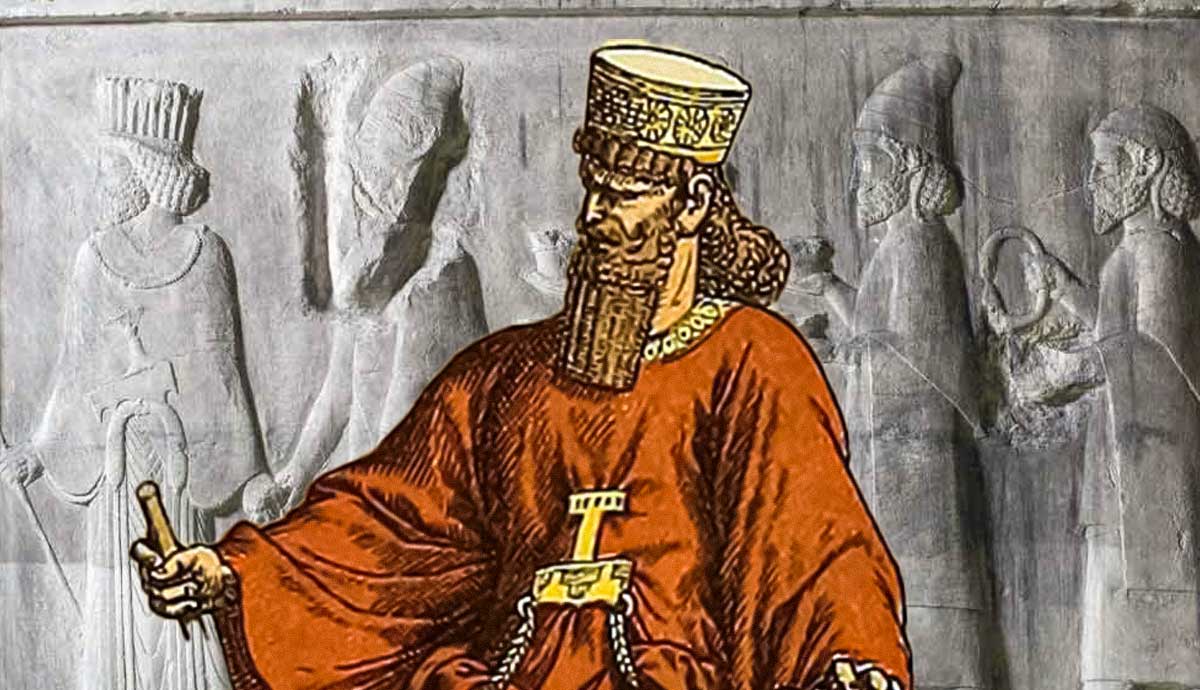
Death was an ever-present part of life in the ancient Mediterranean. However, it manifested itself in very different ways according to social class and status. Whilst death simply meant passing into total obscurity for most of the population, for the aristocracy, it could be an opportunity to cement one’s memory and legacy. This is why, when confronted by their impending death, whether due to illness or defeat, many ancient Greeks and Romans chose to kill themselves and were applauded by their fellow elites for doing so.
Greco-Roman Attitudes to Suicide and Self-Sacrifice

In ancient Greece and Rome, voluntary death, or mors volintaria in Latin, was interpreted in different ways depending on the context. Ancient myths usually depicted those who committed suicide as achieving no rest in the afterlife. But in contrast, in Book 6 of the Aeneid, suicide was seen as a rational and justified decision to “die well.”
Tied to notions of glorious death in battle, philosophically minded Greeks and Romans sometimes saw more dignity in dying by one’s own hand than as a result of disease or some other fatal condition.
For many, there could also be political motives for self-sacrifice, which would emphasize some kind of justified protest against a person or policy. A notable example from Rome’s mythological history was the suicide of Lucretia, who was raped by the son of the despised last king of Rome, Lucius Tarquinius Superbus. After his son, Sextus Tarquinius, dishonored Lucretia by the act, she decided to end her own life rather than live in shame. This act of noble protest then spurred an overdue rebellion against the monarchy, which ultimately ushered in the Roman Republic.
Such acts of noble suicide often had a philosophical dimension, inspired by Greco-Roman precedents, particularly the celebrated suicide of Socrates.
Socrates: Model of Self-Sacrifice

For many Greeks and Romans who would commit suicide, or celebrate it, the death of Socrates stood as the archetypal example of a “noble death.”
Condemned by magistrates for “corrupting the youth” of Athens with his philosophical teachings, the wise Socrates famously died by drinking poison, even after his followers offered him the opportunity to escape. In Plato’s Phaedo and Apology, Socrates accepts his death sentence with equanimity and philosophizes with his followers on the immortality of the soul versus the mortality of the body.
The subsequent lionization of Socrates by succeeding philosophers made him and the way he died an inspiration for later generations. His teachings about the immortality of the soul and the futility of clinging too closely to life also struck a chord, particularly with the Stoics.
Stoicism and Suicide

After Socrates’ example, many Greeks and Romans who could not achieve a glorious end in battle sought to gain a similar kind of prestige through a “noble death” by suicide. Yet more than any other group, it was the Stoics and people influenced by their teachings who took up Socrates’ mantle of self-sacrifice.
The Stoics, who followed the teachings of Zeno of Citium (c. 334-262 BCE), were focused on living in accordance with nature and accepting any trials and tribulations that life threw at them with equanimity. In doing so, one could live a truly “virtuous life,” without excessive focus on things like health and success.
Importantly, Stoicism also taught that negative emotions, such as anger, fear, or grief, derived from faulty judgment and attachment to things that humans ultimately could not control. Collectively, these ideals coalesced into the idea of greeting one’s own imminent death by committing suicide with calm and composure, therefore achieving what would become known as a “stoic death.”
Through this act, Stoics and others saw suicide as a dignified way to die, allowing an individual to retain control over their fate. This attitude was all the more pronounced when the person committing suicide was faced with extreme pain, suffering, or moral corruption.
Famous Noble Deaths

Socrates was not the only ancient celebrity to choose a noble death. Cato the Younger was a Roman politician in the 1st century BCE who opposed Julius Caesar’s growing dominance in Rome. This led to a civil war in which Cato and many of his compatriots were pitted against Caesar and his formidable following. When it became clear that Cato’s side could not win, Cato decided that he would rather die than become a slave to Caesar’s will. Cato fell on his sword, and according to Plutarch was found and saved by his followers, forcing him to fall on his sword a second time. Brutus, the leading conspirator in the death of Caesar later committed suicide after his loss at the Battle of Philippi in 42 BCE, as did many of his followers.
Like Socrates, Cato was lauded for this act, especially by the famous orator and politician Cicero, who repeatedly praised Cato for his apparent composure and determination in sacrificing himself. Such sentiments were then repeated for others, who committed suicide on behalf of their political principles, most notably for figures condemned by different “tyrannical emperors.”
This included Seneca, the famous Stoic philosopher who was condemned by his own student, the emperor Nero. There was also Thrasea Paetus, another Stoic philosopher who was condemned to death by Nero. The Roman historian Tacitus wrote that Paetus died a principled death inspired by Socrates in determined opposition to the tyranny of Nero. Nero himself would later commit suicide when he was declared a public enemy by the Senate in return for an honorable burial and unmolested death.
Following their loss at the Battle of Actium in the civil war with Octavian, both Mark Antony and Cleopatra would take their own lives. Mark Antony fell on his sword while Cleopatra poisoned herself, either imbibing poison or allowing herself to be bitten by a poisonous snake.
How Was Noble Death Achieved?

When confronted with their impending death, due to whatever circumstances, the options for ending one’s life were quite varied. One could choose between self-starvation, hanging, poison, opening the veins, falling from a great height, or the use of weapons to inflict a fatal wound.
The use of weapons or opening of veins was usually chosen by those who wanted a quick, honorable death, often to make some political statement. Cato the Younger fell on his sword, while Seneca had a slave cut open his ankles whilst he drank poison to hasten the end.
However, for those in ill health, self-starvation was often the method taken to achieve a “noble death.” For example, Festus, who was a friend of Cicero, made the decision to starve himself rather than experience a long and drawn-out death due to cancer.
The method, of course, could vary, but the most important point was the reasoning behind the act. Whether it was witnessed was also an important element, especially for the memorialization of the deed itself. For instance, Festus announced to his family his decision to stoically starve himself, while Cato and Socrates had their deaths witnessed and immortalized by their followers. The witnesses of Lucretia’s suicide were so incensed that they spearheaded a revolution.
Suicide and Stigma?

As alluded to above, ancient Greco-Roman views on suicide and the “noble death” could vary, particularly regarding the reason for ending one’s life. For instance, if there was no strong philosophical or political reason for suicide, the act could bring dishonor and shame upon somebody’s memory.
The poet Petronius notably contributed to the ambiguity we see in Greco-Roman attitudes to suicide. His irreverent poem, the Satryicon, sees a slave commit suicide in a way that is not praised but seems simply sad and tragic. The poem’s narrator is also driven to suicidal despair because of his insatiable infatuation with a handsome youth, a despair that Petronius mocks throughout.
In earlier Greek tragedies, suicide is often a device used by the playwright to evoke further pathos and sadness, even if some principle or defiant attitude is emphasized through the act itself. A particularly poignant example is illustrated by the fate of the hero Hercules, who was driven to suicide after killing his family in a craze brought on by the goddess Hera. To escape his shame and achieve some atonement, he chooses to kill himself by walking into a fire. Similarly, in the saga of the Trojan War, the hero Ajax kills himself in shame after going mad with rage when Odysseus, not he, is given Achilles’ magical armor.
In these examples, we can see the internal contradictions of suicide in the Greco-Roman world, with the context before, during, and after the act holding importance. In Roman imperial law, suicide was seen negatively, and it meant the forfeit of the person’s property usually to the emperor or state.
The Legacy of Greco-Roman “Noble Death”

Due to the prevalence of “noble death” in Greco-Roman literature, it is no surprise that the idea left a lasting legacy on Western thought and philosophy.
Of course, it has influenced modern stoic ideals but also permeated into existentialist thought and philosophy, particularly in writers such as Nietzsche, Sartre, and Camus, although they all rejected it as “noble.” In more mainstream culture, including films, television, and games, the idea of characters sacrificing themselves for some noble principle or greater good is intended to create a cathartic experience.
Yet there have also been a large number of intervening influences, whether religious, ethical, or medical, that have affected modern attitudes toward suicide. For the most part, societies focus on addressing the reasons why somebody would choose to try to commit suicide rather than accepting or celebrating the act itself.
Since life expectancy is also so much higher in the modern world, attitudes towards death in general have changed massively. All of these factors have made the avoidance of death become much more celebrated. Yet the principles and ideals that ancient Greeks and Romans killed themselves to defend are still very much praised.










